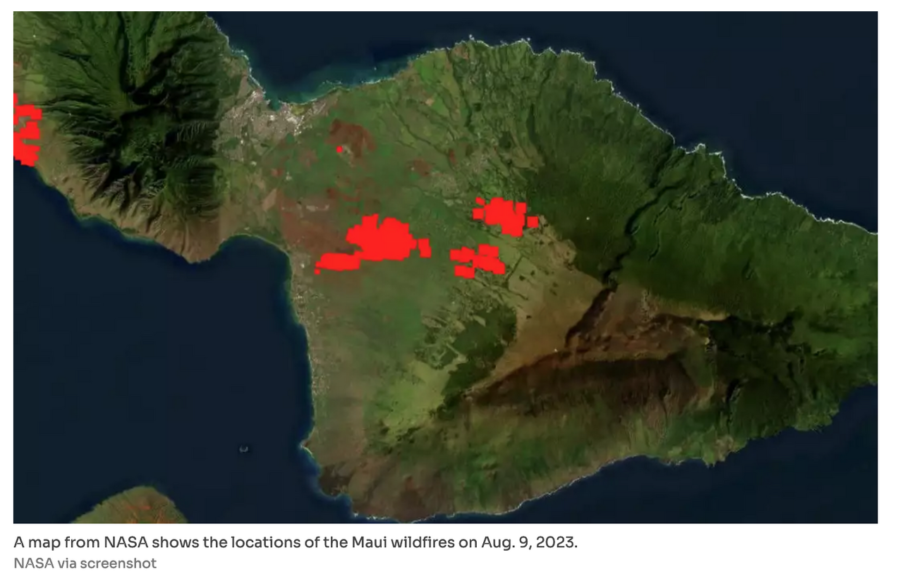The fires may have been controlled in Maui, but the fires that burned Lahaina will continue to affect the island in numerous ways.
Experts at the University of Hawaiʻi at Mānoa explained the multiple long-term health and environmental risks during a recent webinar sponsored by the Hawaiʻi Public Health Institute. The webinar was focused specifically on addressing community concerns over remaining toxic chemicals and how people can protect themselves from exposure. There is also little to no precedent for the wildfire seen in Lahaina.
“While there have been large urban fires in other locations, such as Paradise, California, few have been related to hurricanes,” said Catherine Pirkle, an associate professor and global health researcher trained in epidemiology and health services.

Another unusual aspect of the Maui wildfires is their proximity to nearshore tropical reefs. Researchers know very little about the health effects of exposure to compex chemical mixtures from wildfires like those in Maui. The contaminants released by the fire may enter the marine environment and could pose risks for swimmers and people who eat contaminated fish.
While the specific consequences of contamination aren’t known, researchers said the most at-risk populations for developing long-term health issues related to the fire are pregnant women and children, older or low-income people, those with pre-existing health conditions, and people at risk of work-related exposure.
The Hawaiʻi Department of Health and the EPA have already determined that particulate matter from the wildfires caused only low levels of air pollution. Additionally, volatile organic compounds were detected in only a small number of drinking water samples. Researchers offered health guidance to anyone planning to re-enter burned areas, saying they should wear an N95 mask that fits well, along with long sleeves and pants, socks, shoes, and gloves.
“Minimize disturbing the ash that has settled on the ground so that it does not enter the air or nearby waters,” the researchers said. “To reduce the take-home pathway of exposure, people who enter the impacted area should change their clothing before returning to their family members who are advised against entering the impacted area.”
The guidance follows the announcement by Maui Mayor Richard Bissen that he would be reopening all of West Maui — except the burned-out sections of Lahaina — to tourism on November 1.
Watch the University of Hawaiʻi’s full webinar here:
